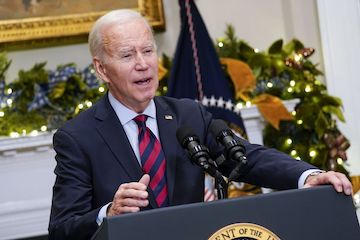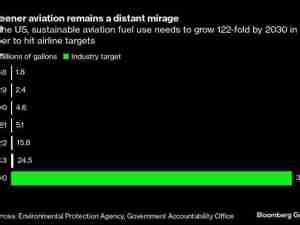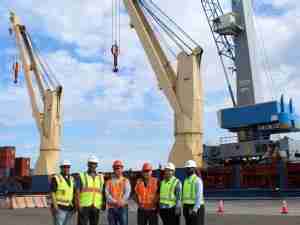
The Biden-Harris Administration has released the U.S. National Blueprint for Transportation Decarbonization to cut all greenhouse emissions from the transportation sector by 2050. The blueprint was developed by the Departments of Energy, Transportation, Housing and Urban Development and the Environmental Protection Agency. A USDOT news release states that “it exemplifies the Biden-Harris Administration’s whole-of-government approach to addressing the climate crisis and meeting President Biden’s goals of securing a 100% clean electrical grid by 2035 and reaching net-zero carbon emissions by 2050.”
Pavel Ovsiannikov, Chief Commercial Officer at L-Charge, an EV-charger manufacturer, said: “Some states, and cities, such as California, and New York, have already taken the initiative to switch to green rails by 2030 independently, but what about the rest? They need a clear signal from the government on what exactly they are going to do, in what vector to move, in what time frame, and with what state programs. It is these signals that instill confidence in investors and contribute to the further development of this segment of the economy. The Government plays an important role in fostering environments in which businesses may thrive and develop cutting-edge solutions to push our nation forward in its quest to decarbonize and become energy independent. Hopefully, this blueprint will successfully drive attention and resources towards the advancement of new technology.”
The 88-page blueprint clearly sets out the current Administration's intentions with regard to improving the U.S. transportation sector by making it more accessible, affordable, and environmentally friendly. Specific areas that are expected to be subject to reform and regulation include public transportation, vehicle fuel economy, clean electricity, and hydrogen.
However, the blueprint's framework remains fairly high-level, and the devil will be in the details: “We are waiting for further clarifications, a roadmap with deadlines, programs, milestones. As soon as the direction is set, we are ready to roll out our off-grid multifuel EV charge points, powered by LNG, hydrogen, or a mixture of both. L-Charge is offering the perfect solution for securing a cleaner, greener, more autonomous electrical grid” – Pavel adds.
The plan builds on Biden’s Bipartisan Infrastructure Law and Inflation Reduction Act, which together represent “historic” investments that “will transform how we move and live while we build the backbone of a safer and more sustainable transportation system,” the release states. It is also the first milestone of a memorandum of understanding (MOU) signed by the departments of Energy, Transportation, and Housing and Urban Development and the EPA. More detailed decarbonization action plans will be developed and implemented by the agencies in cooperation with state, local, and tribal governments and with philanthropic organizations, the private sector, and global partners.










_A_-_28de80_-_38f408a0a1c601cdbf9fe70c9d30a28084a5da3d_lqip.jpg)
